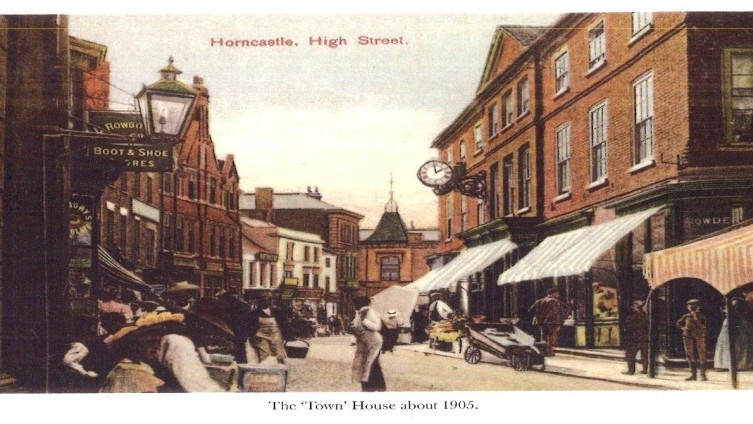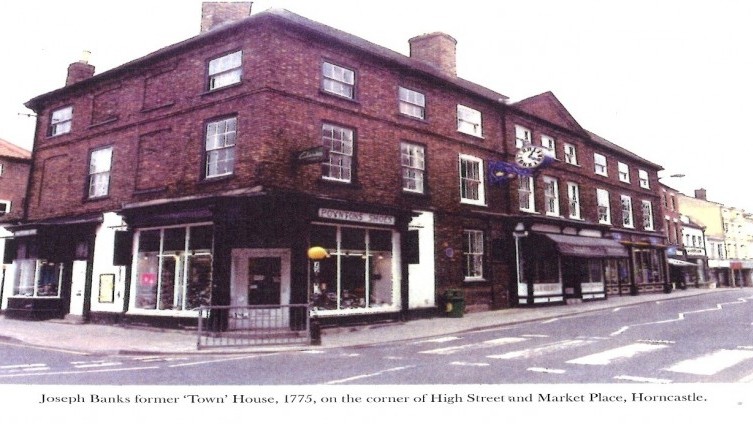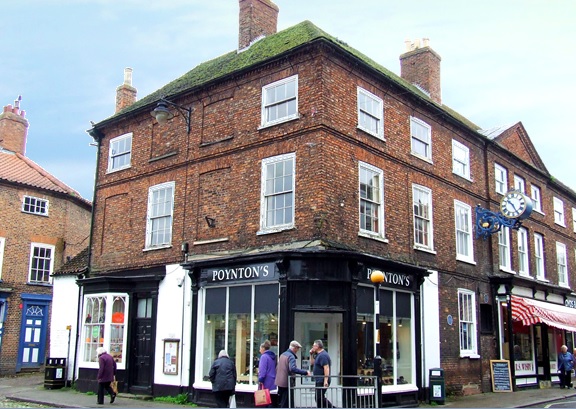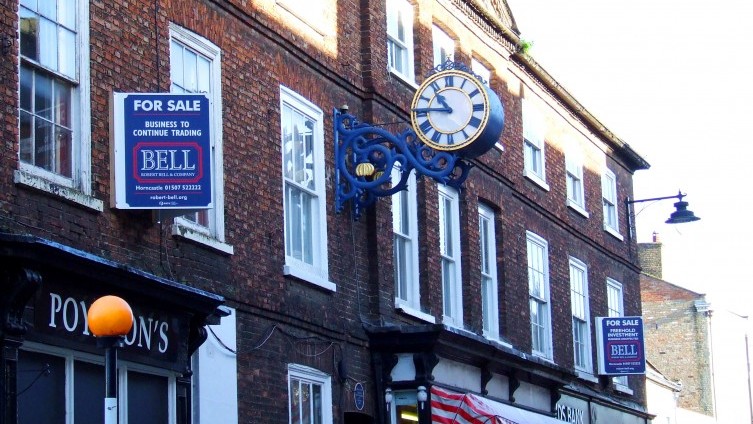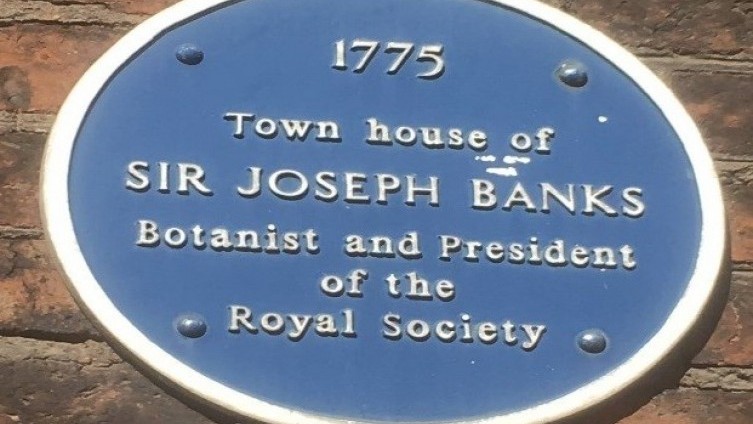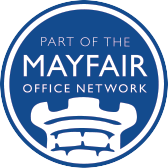Sir Joseph Banks’ Town House For Sale
A prominent, historical building on Horncastle High Street is up for sale, being the town house which Joseph Banks apparently commissioned in 1775.
Robert Bell and Company are currently selling the west end (Poyntons) and the freehold of the east end (Lloyds) subject to an existing rental. Particulars are available in the Commercial Section on our website.
David Robinson’s book on Sir Joseph Banks 2014 relates that “Tradition has it that in 1775 Joseph commissioned a town house built in the High Street in Horncastle (the date is on the drain heads). It was next to the Sessions House, and would have required demolishing existing mud and stud properties. It is now Grade II Listed…. The Horncastle house is 9-bay, 2½ storeys in red brick in Flemish bond on the front and in English garden bond sides and back, pantile roof (replaced by slates over the western two-thirds), double pile, hipped at both ends with central gutter. Dentil courses are below the gutter line and in the central pediment, the whole slightly projecting. Two string courses of three bricks (one projecting) to accommodate first floor timbers projecting into the rooms.
Fenestration on the first floor are Georgian style sash windows of 12 panes of glass, flush to the wall, except the central three and two to the left which are recessed and with three vertical panes. The upper storey has sash windows of six panes. The west and east ends have four windows and four blank arcades, recessed, with access doors to upstairs. All are flat arched. First floor windows have folding wooden shutters, and blocked doorways to the western property. The west end has a cellar formerly lit from the street. The Horncastle Drum Clock (1860) is on the wall between the third and fourth windows on the first floor with the winding mechanism inside.
Today the ground floor, including the west end, has shop windows: Poyntons (shoes), Wisby (butcher) and Lloyds Bank. Alterations to the latter spoils the conformity of the building, allowed in the late 1960s. The interior staircase behind Wisbys appears to be the original. William Crowder (now Lloyds Bank) was occupied by them from 1841 to the late 1960s. William Bryant (now Poyntons) was occupied by them from 1892, formerly Jeremiah Gilbert (grocer), Elmitt & Co (grocers) and William Trotter (dentist). Wisbys were occupied by Moody & Co (woollen & fancy repository) and Mrs Ellen Smetham (fancy repository), John S Balding (butcher) and from 1922 by Harry English (pork butcher).
It is thought that the building was divided into three with proprietors living above the shop, after Sir Joseph died in 1820. The whole of the ground floor, except for one window, was replaced by shop fronts, with corner entrances to what is now Poyntons and Lloyds Bank (formerly Crowders, nurserymen, seedsmen, florist and greengrocer). Only the centre section, plus one bay of Poyntons, remains a private residence. It seems strange to leave it empty for thirty-five years, but perhaps it was let out. Even the list of buildings owned by Sir Joseph, either leasehold from the Bishop of Carlisle and freehold by Sir Joseph in 1797, are little help".
Horncastle Office
Email: colinlow@robert-bell.org
Tel: 01507 522222
Twitter: @robertbellandco
